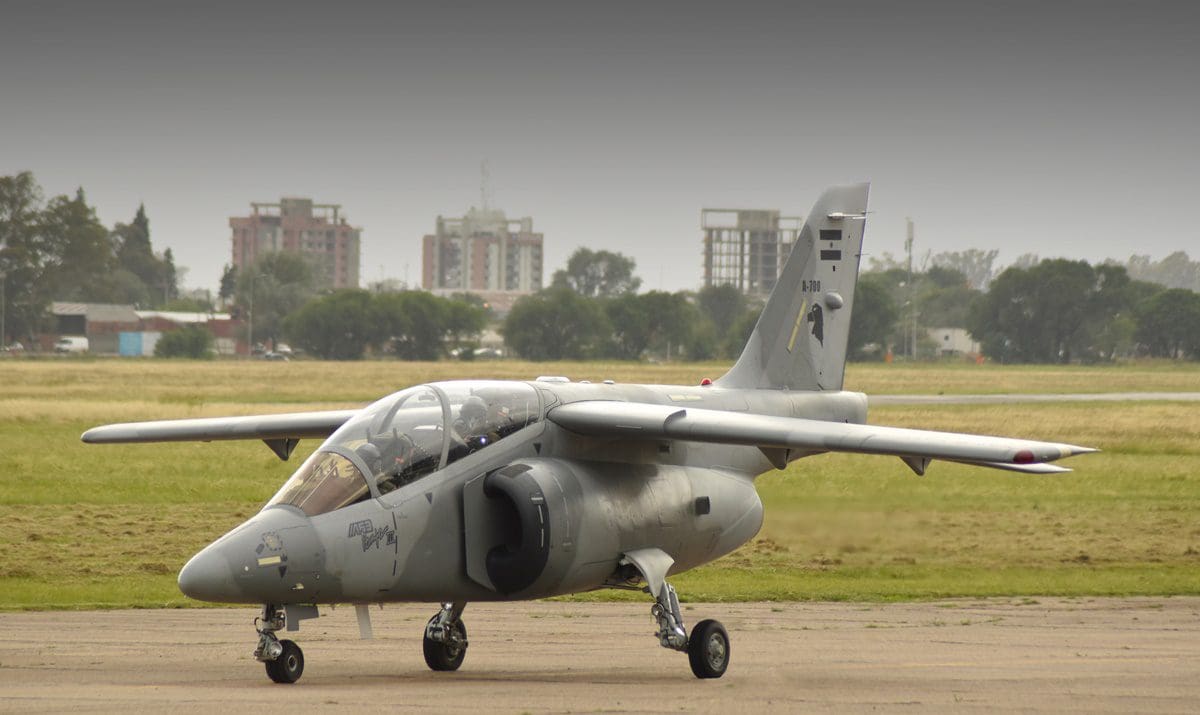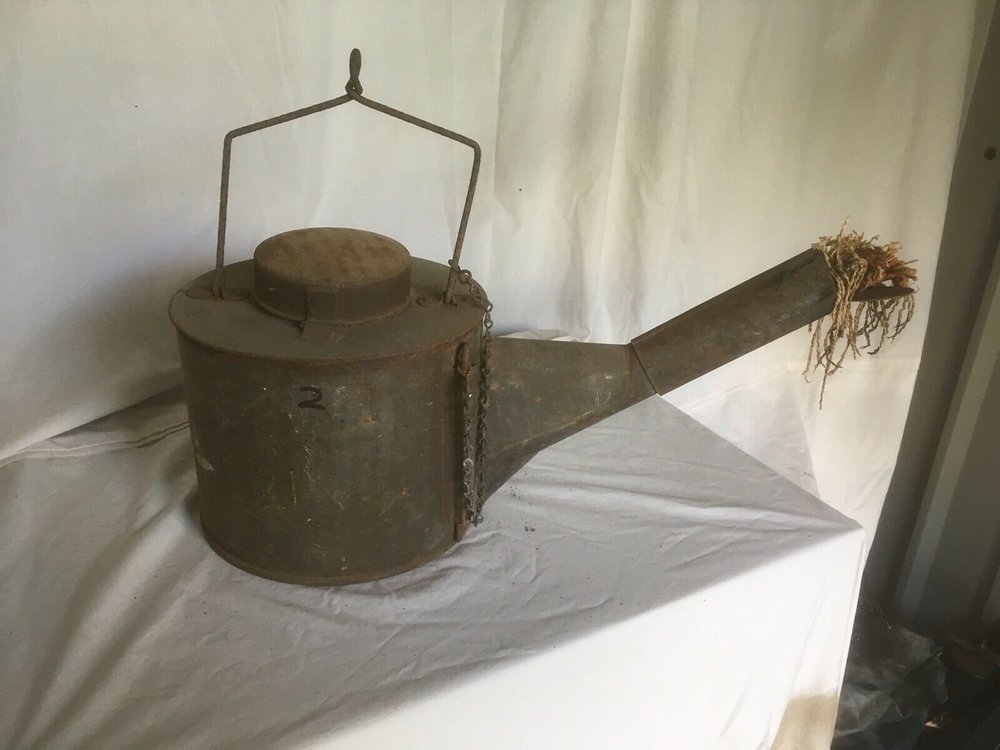source :
https://defenceview.in/why-india-buy-russian-mig-29/
Why India Buy Russian MiG-29
The Defence Acquisition Council (DAC) on 2nd July approved the proposal for procurement of 21 MIG-29 along with upgradation of existing 59 Mig-29 aircraft from Russia. While the MIG 29 procurement and upgradation from Russia is estimated to cost Rs 7418 crore.
Lots of our followers from Facebook asked us why India Buying old 3rd gen fighter aircraft while we can simply go for more su-30mki , Rafale or any other modern 4th gen fighter aircraft like MiG-35 or SU-35 .
There are many possible reason for choosing mig-29 for IAF . Low flight cost per hour compare to Su-30mki , Rafale , low cost per aircraft compare to other jets of IAF ,new
Overload Control System (The automated MiG control system developed by MiG Corporation for controlling the maximum overloads for the MiG-29 M / M2 fighters, and the latest MiG-35 fighter) . Also Russian promises they will deliver MiG-29 fighter jets to India in the shortest possible time frame.
Glass cockpit of mig-29m2
According to Economics Times MiG corporations have developed an automated system for controlling the maximum overloads and, moreover, have obtained a patent for this system, they say that this pushes the boundaries of opportunities for our fighters.
Moreover, the authors note that the new development will increase flight safety, as well as allow pilots of the MiG-29M, MiG-29M2 and MiG-35 fighters to conduct high-intensity air battles and not be distracted by the aircraft dashboard. At the same time, noting that the new system will be integrated into the fighters listed above.
The authors also note that the new system is synchronized with the helmet-mounted target designation system, which, according to experts it will allow our pilots to concentrate on completing a combat mission and at the same time maintain high maneuverability of the aircraft without the need to double-check the flight mission and fears of entering beyond-the-limit flight modes. And at the same time, it is noted that in general, if necessary, pilots can independently increase the load by 1 – 2 G, or even completely turn off the system.
At the same time, it is emphasized that today almost all 4th and 5th generation fighters can maneuver and perform turns in the 9 g overload area, which is considered to be a critical load, and it is the latest Russian development that allows the pilot not to worry and not be distracted from the task on instruments, thereby increasing overall efficiency and at the same time reducing risks by increasing the safety of fighter piloting!
It should be noted that the new intelligent systems of control of maximum overloads will allow pilots to concentrate as much as possible on direct piloting of the fighter and will make it much easier for the pilot himself to monitor the flight status, as well as to perform maneuvers at maximum loads without distracting the dashboard.
Of course, many people now don’t fully understand what kind of “miracle” system they are talking about, and it would be a big “minus” for me not to talk about it shortly and in simple words, while avoiding complex scientific terms.
Three IAF MiG-29 Baaz Fighters Provide Escort To An A-50 EI AEW&C
So, all roughly represent the cockpit stuffed with various sensors. Which, in turn, inform the pilot about what is happening with the aircraft in real time, warning in advance that the aircraft enters or is experiencing critical loads through visual and audio signals. Which in turn forces the pilot to be distracted from performing the maneuver by removing the aircraft from under the load, or, due to circumstances, forces the pilot to continue the maneuver or other actions, but taking into account the mandatory attention to the sensors, thereby creating conditions under which the concentration of attention is lost, which, as we understand, is one of the most common reasons leading to errors in piloting. All these information will visible on the visor of the helmet-mounted guidance system.
Moreover,
the system in automatic mode allows you to remove the aircraft from critical loads, or to control the course of the flight of the aircraft, while not distracting the pilot from performing a maneuver or conducting air combat.
Of course, now there are some who will say that our “partners” already have a similar system and there is no sense in renouncing it, but it is worth emphasizing that the same Americans have a similar system integrated into F / A -18 Super Hornet fighters, and same in F-35 fighters! In the latter incident, the system also displays information on the visor of the helmet F-35 Generation -3 (Gen -3) known as the “God’s eye”. But there is one important “BUT”! And this “BUT” is that the Americans only get information about the state of the aircraft from the Americans and he has to take into account all the changes that occur at the time of the flight, taking into account all the loads.
And this, as we understand, is a very important advantage, especially for a fighter, which was created for conducting high-intensity air combat and performing maneuvers, sometimes at transcendental regimes.
why did India suddenly pay attention to this system ?
Here, in my opinion, the answer is on the surface! In India, they perfectly understand the advantages of this system and what it will give to our pilots, while allowing significantly increase striking power and reducing the risks of making mistakes in fighter piloting.
MiG-35 with A2A , A2G missiles
So, the next question is after this will Our country also go for MiG-35 ? because MiG-35 have same overload control system with AESA radar and new voice assistant features . Also the unit cost of MiG-35 is 50m USD and flight cost of per hour is 15600 USD which is very less compare to other 4.5 gen aircraft .







